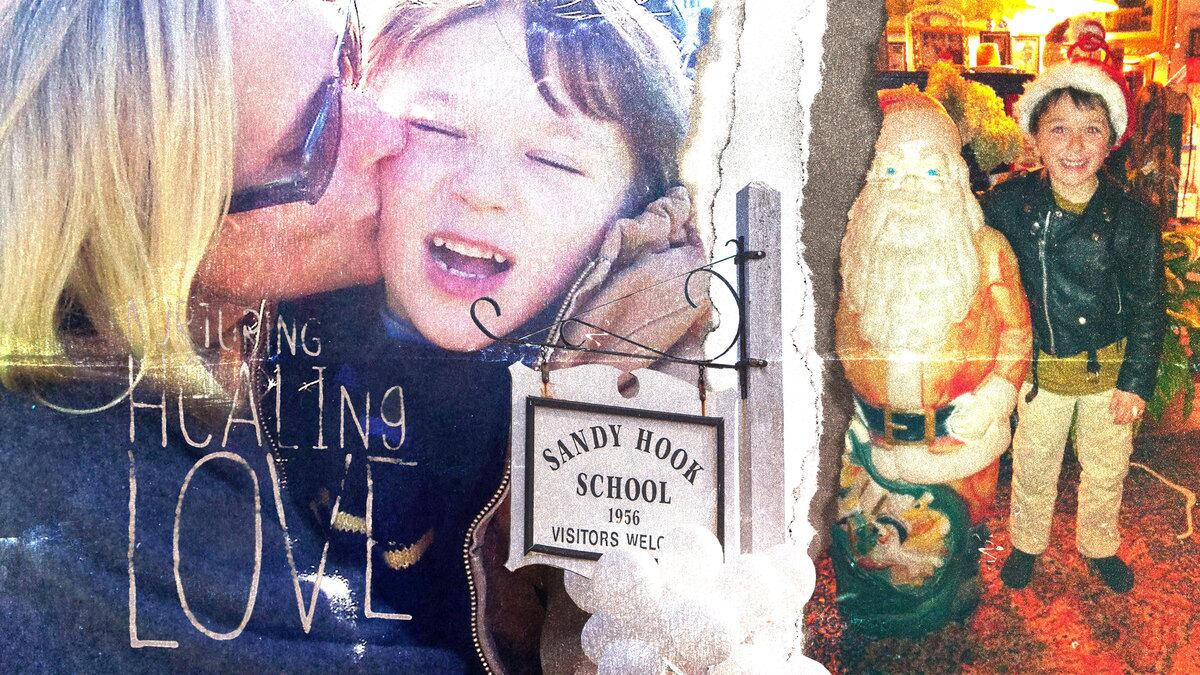U.S. News
Photo Illustration by Luis G. Rendon/The Daily Beast/Getty/Courtesy of Scarlett Lewis
10 Years After Sandy Hook, This Hero Student’s Mother Is Still Fighting for Change
‘NURTURING, HEALING, LOVE’
Six-year-old Jesse Lewis died a hero as he saved his classmates. Ten years later, his mother just wants the world to be a better place.

Trending Now





